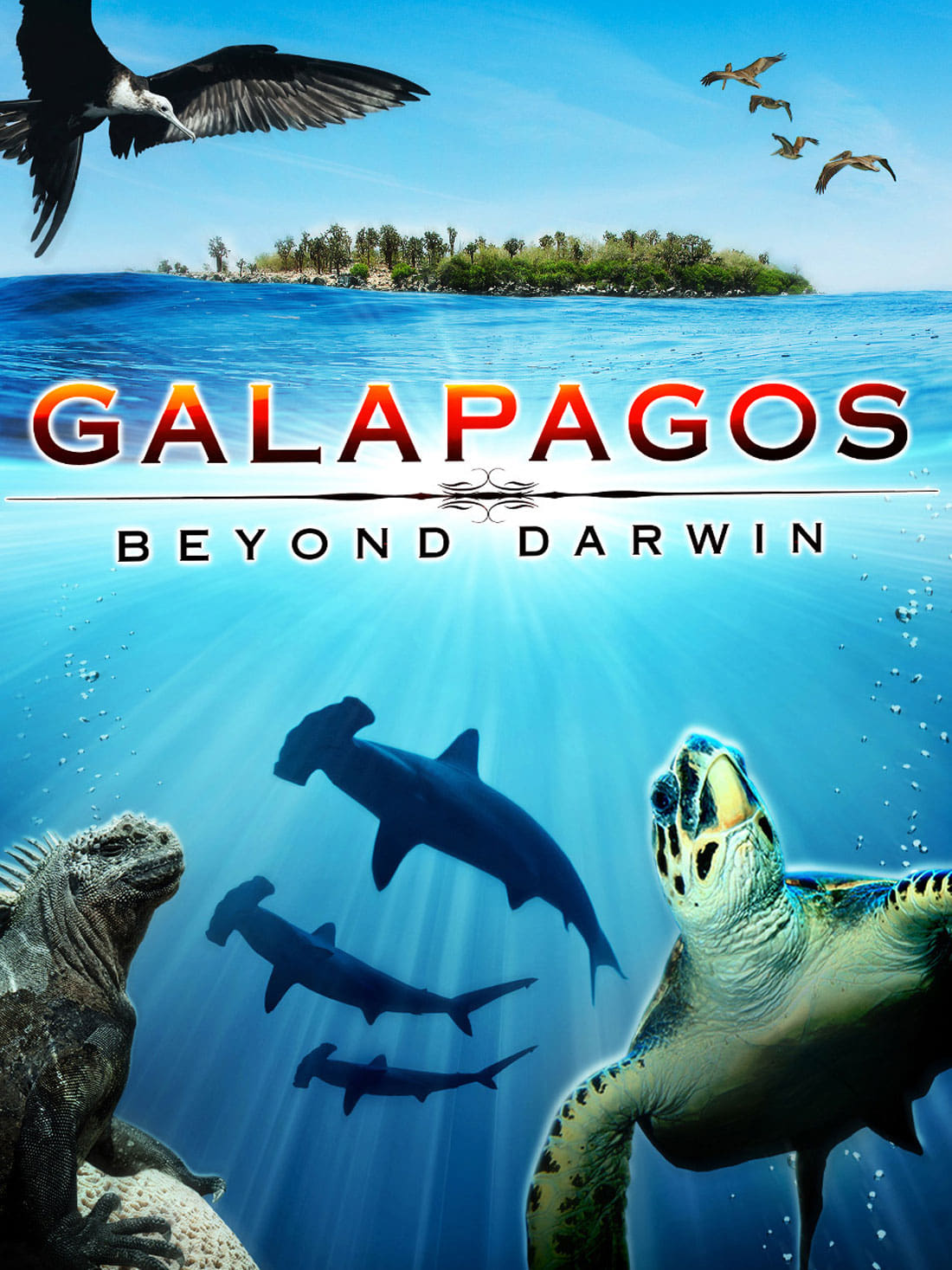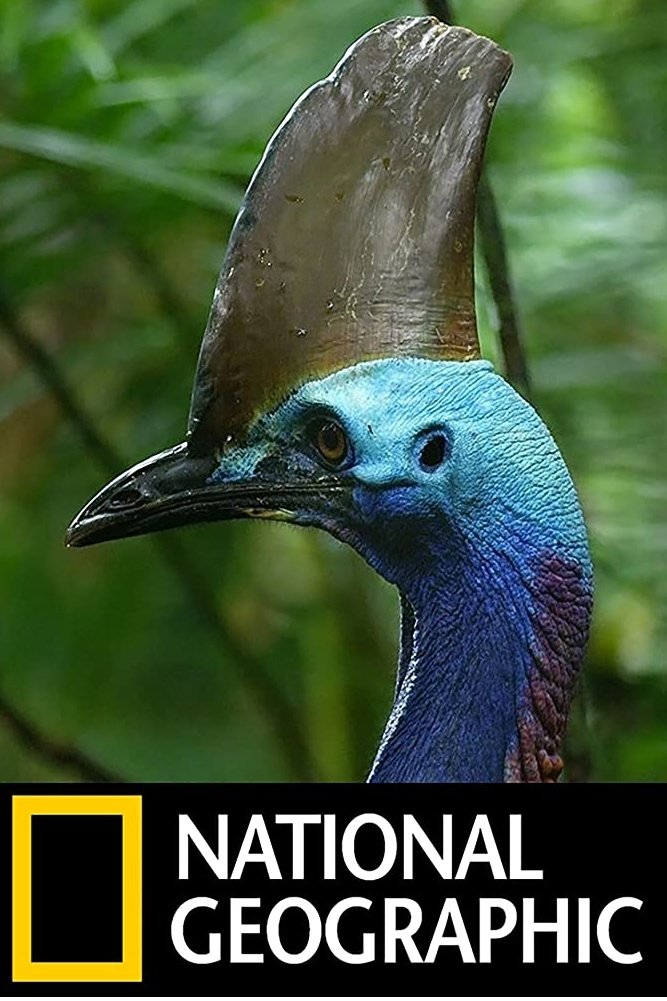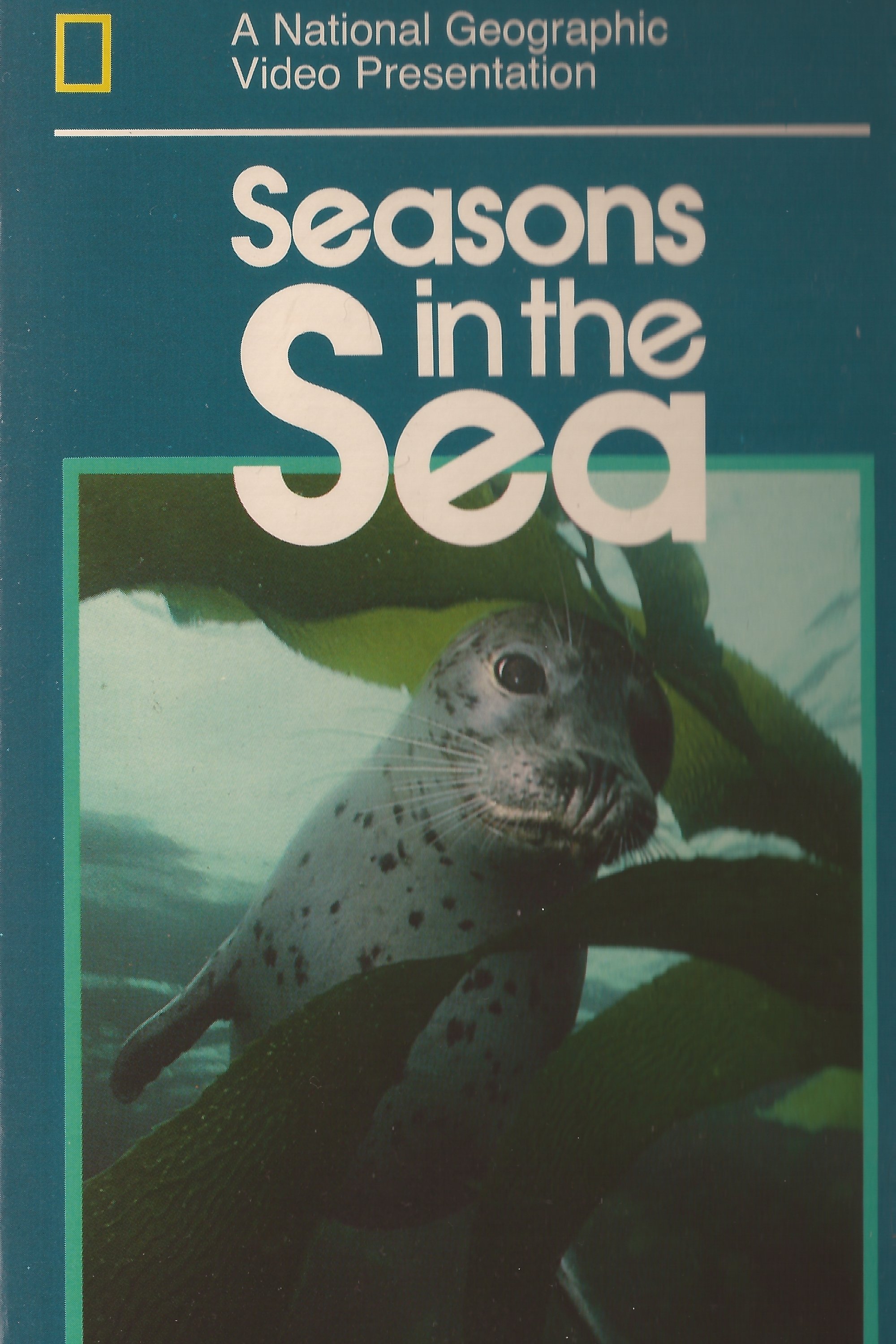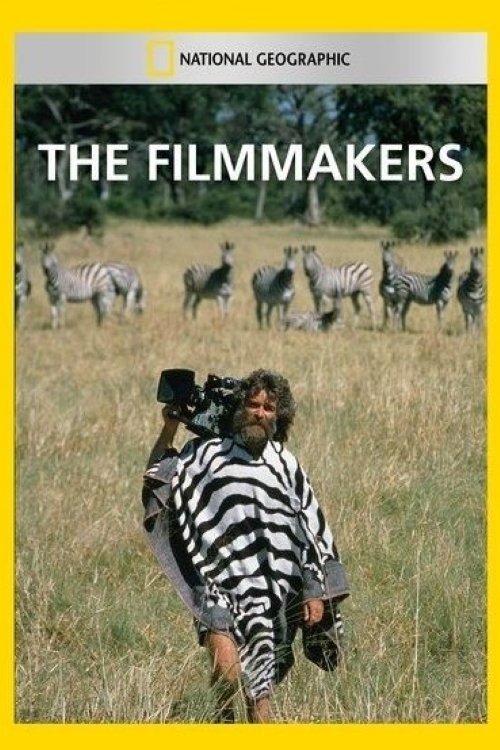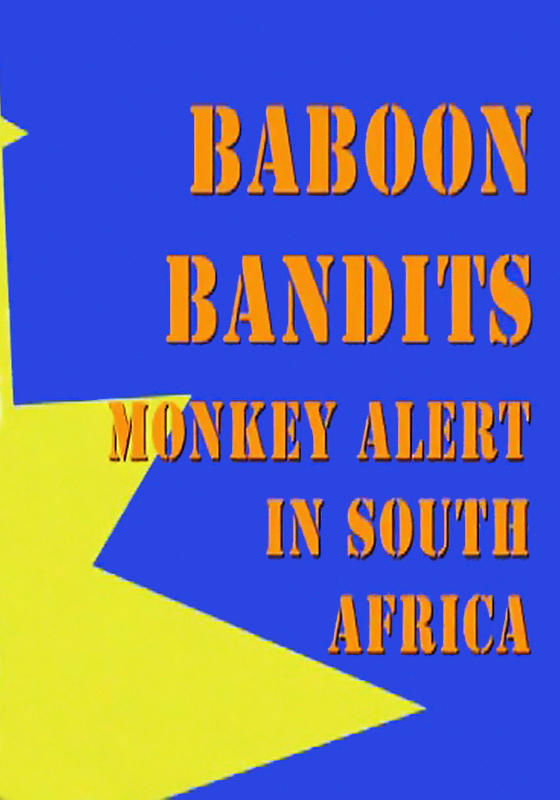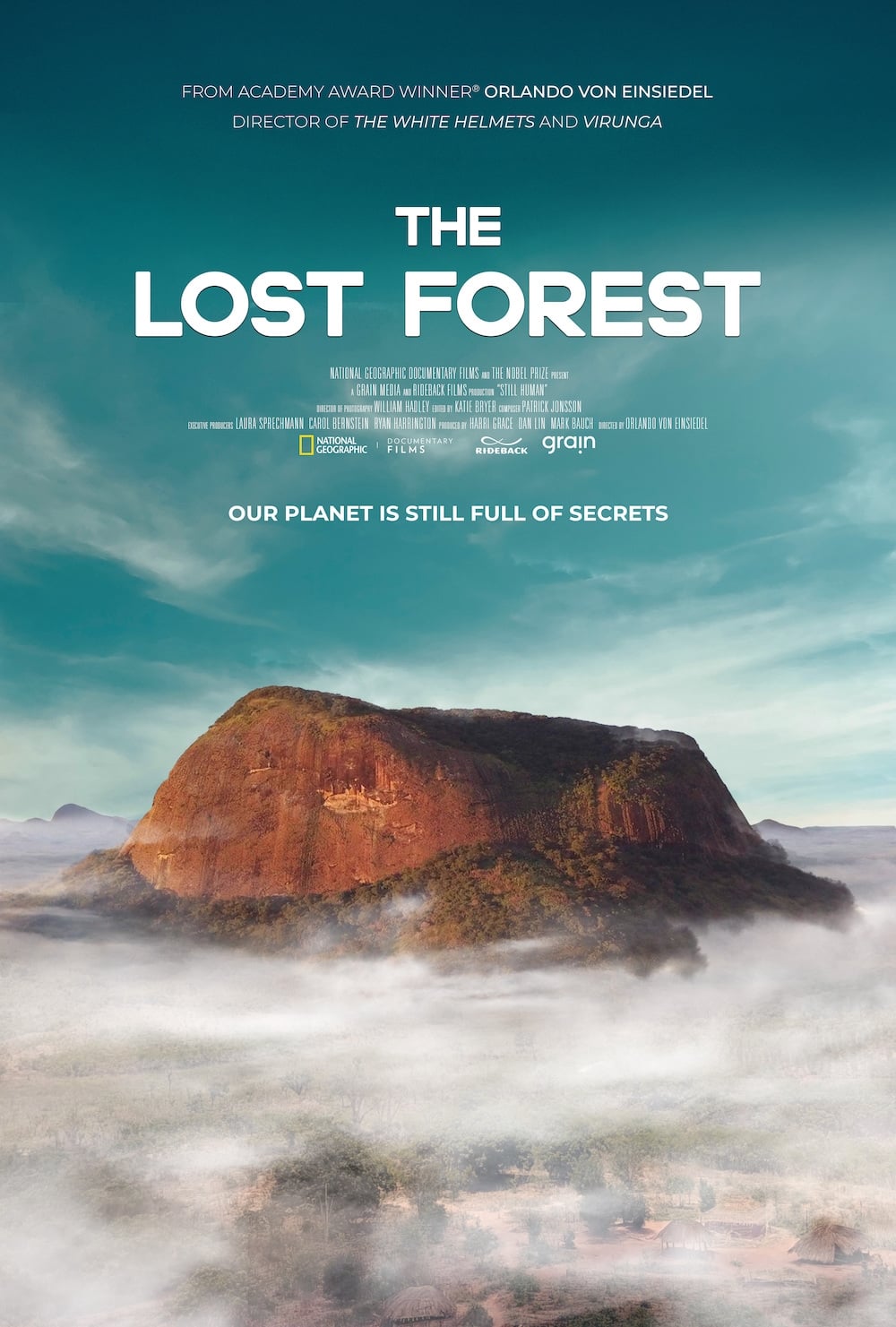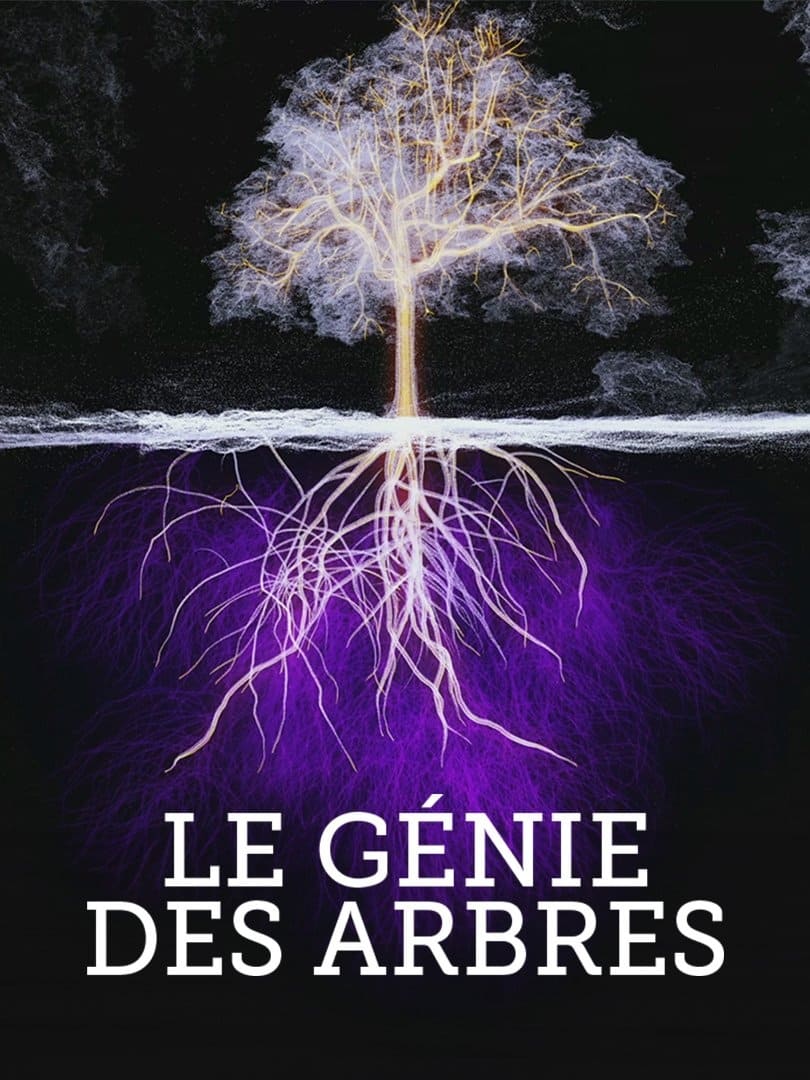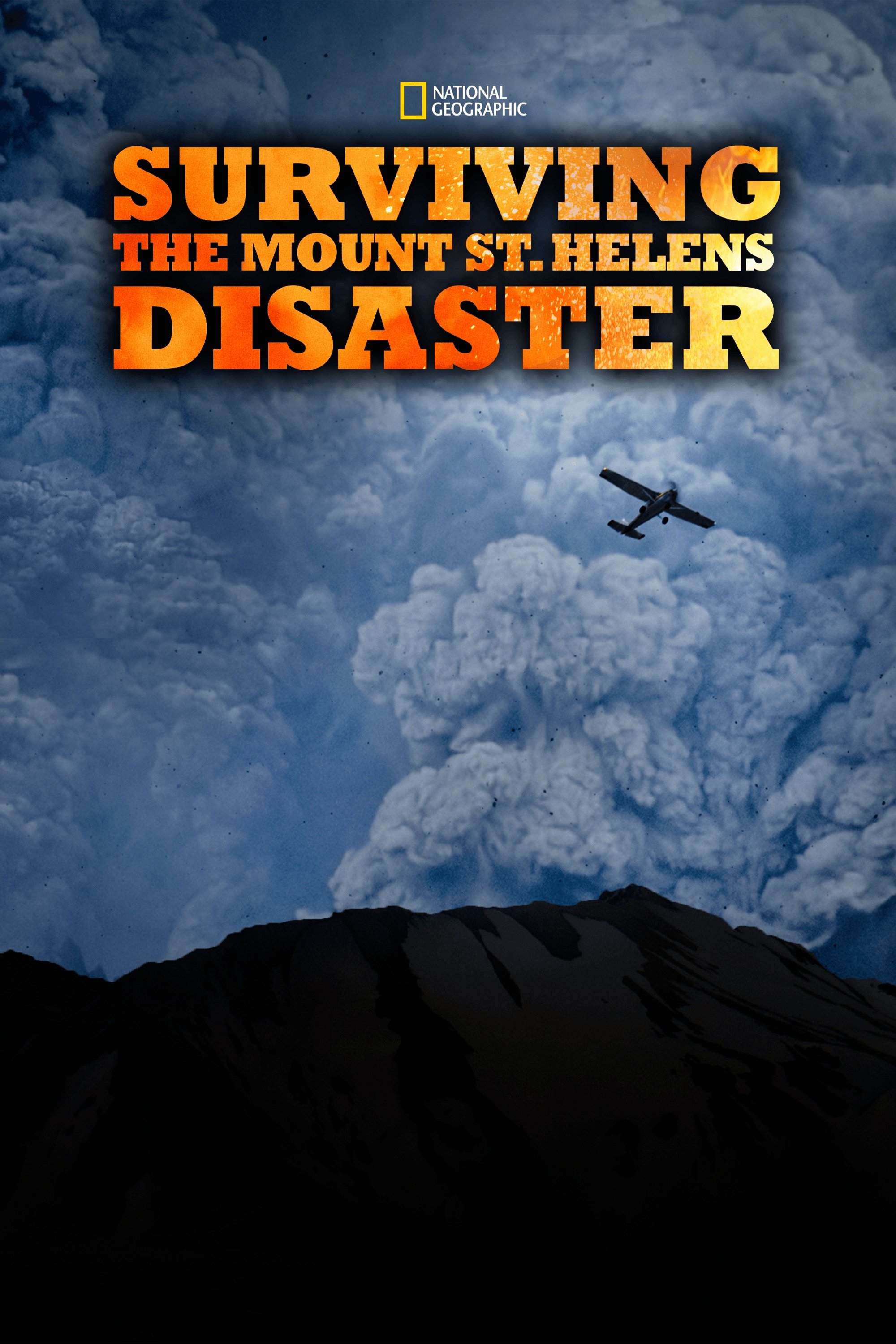
Secret World of Mollusks (2021)
Overview
Mollusks deserve a second chance to better their first impression since the world is truly one of a kind. Enter the secret world of mollusks!
Production Companies
Additional Info
| Budget | $0.00 |
|---|---|
| Revenue | $0.00 |
| Original Language | en |
| Popularity | 0.71 |
Directed By
Manuel Lefèvre
TOP CAST
Paul Baxter
Narrator
Similar Movies
Galapagos: Beyond Darwin
Galapagos: Beyond Darwin is a 1996 documentary narrated by actor Roscoe Lee Browne. It premiered on the Discovery Channel on Sunday, August 18, 1996.[1] It was directed by Al Giddings.
Dino Bird
Dino Bird is a visually spectacular one-hour film that explores the life of the endangered southern cassowary through the eyes of matriarch Bertha, as she and her family strive to survive in the tropics of northern Queensland in the oldest rainforest on Earth. Over the course of one tumultuous season, Bertha, her partner and her chicks battle fearsome predators and formidable rains, but also play an invaluable role in sustaining life in this ecological hotspot. Dino Bird is an intimate and rarely seen portrait of one of Australia's last remaining southern cassowaries.
Seasons in the Sea
Seasons in the Sea, Best Picture of the prestigious WILDSCREEN 1990 film festival in Bristol, England, takes you on a spectacular tour through the giant-kelp forests of Monterey Bay, just off the California coast. Bathed in sunlight and by cold, nutrient-rich waters welling up from the ocean’s depths, this huge submarine forest sustains a complex undersea community. As you move through the seasons, you'll discover how winds, tides, and currents shape Monterey Bay life. You'll see combat between an octopus and a ferocious moray eel, and watch opalescent squid, borne on cold currents rising from the depths, breed, and die. You’ll behold the miraculous birth of a swell shark and observe male Garibaldi fish constructing elaborate gardens to attract females.
National Geographic: The Filmmakers
National Geographic Wildlife Filmmakers Go Eye-to-Eye with Danger! They swim with sharks, confront venomous snakes, and stalk hungry lions. They're National Geographic filmmakers, and for these remarkable adventurers, capturing unforgettable footage in the wild is not just a job, it's a way of life. Join a cinematographer in the rain forest canopy as he goes to incredible lengths - and heights - to film the world's most powerful bird of prey. Witness the frustration of a filmmaker who just misses the scene-stealing shot of jackal pups greeting their mother in the Serengeti, and feel the exhilaration when he finally captures the event to perfection. Meet the talented professionals who go behind the camera every day and sometimes risk their lives to bring us extraordinary images of nature's most amazing creatures.
Baboon Bandits: Monkey Alert in South Africa
Jimmy is a burglar and a loner, Long-Fingered Fred excels in breaking into cars, while Merlin prefers to target restaurants. Meet the alpha males of the infamous Smits Baboon Gang.
Animal Doctors
Only twenty-five years ago, the first evidence of self-medicating behaviour among animals was reported among chimpanzees. On the basis of this pioneering research, led by the American Michael Huffman, a new science was founded: "zoopharmacognosy", or the study of animal pharmacopeia. Animals are apparently able to treat themselves actively, to detect natural substances that can provide a remedy for health problems, or to prevent them. The primatologist Michael Huffman explains how he discovered that chimpanzees can heal their diseases with medicinal plants from their environment. The scientist then comments on other very surprising examples: Birds that disinfect their nests by filling them with aromatic plants with repellent properties, a rodent that covers its coat with toxic sap as a poisonous defence against predators and elephants that place mud plasters on their injuries. Some therapeutic behaviours may even be transmitted socially among certain species.
Home in the danger zone
News from the troubled Korean peninsula comes frequently and often deals with the risks of new fighting between North and South Korea. But between the two there is a zone where the wild got a chance and where rare animals can live on in the shadow of all weapons.
Wild Side of Cats
Cat experts explain the behaviors of domestic cats and how their sometimes undesirable actions are really innate instincts, revealing how closely they are still connected to their wild ancestors.
Giants with mud feet
German nature film from 2011. Mention the "Elm Fight" in Sweden and most people there think of when protesters and police fought in Kungsträdgården in 1972. But only for a few years previously, a stealthy enemy had reached Sweden, which today threatens the elms far more than any city planner.
The Lost Forest
How would natural habitats develop without human interference? In this documentary we follow an international team of scientists and explorers on an extraordinary mission in Mozambique to reach a forest that no human has set foot in. The team aims to collect data from the forest to help our understanding of how climate change is affecting our planet. But the forest sits atop a mountain, and to reach it, the team must first climb a sheer 100m wall of rock.
Trees, a Global Superpower
Humanity would not exist without trees. They are the backbone of the biosphere, fertilizing the earth, regulating the climate and water cycles, indispensable to our survival on earth. But just as science is starting to understand the true importance of this little-known genius, its very existence is menaced by man-made disruption. This film provides a science-based exploration into the superpowers of trees, a first-of-its-kind journey below the surface, to better understand them, and also the challenge that we face together in the struggle against global warming – a journey into a new dimension.
Is our weather getting worse?
The BBC looks at our current weather and climate compared to the climate of our past to see if it really is changing...which it is and they explain science behind it
Mangsee dynamite
In the Philippines, the reefs, coasts and islets of the island of Palawan, the Straits of Balabak and the Sula Sea are amongst the richest in biodiversity on Earth. Some scientists claim that the entire submarine wildlife of the Pacific originated from this area. The coral is magnificent and the protected sites offer an incomparable vision of marine life to scuba divers from all over the world. However, since the end of the Second World War, Philippine fishermen have been fishing with dynamite all over the coral reefs of this marine Wild West. Today, far from diminishing, this form of fishing has taken on industrial dimensions and 50% of the coral has been destroyed, turning this underwater Eden into arid desert…
The Beauty of Ugly
In the animal world, as in our own, looks aren’t everything. In fact, some of the most aesthetically challenged creatures — from warthogs and proboscis monkeys to bull elephant seals — are also the most fascinating. A stunning variety of these ghastly yet glorious forms are explored in NATURE’s The Beauty of Ugly.
Hidden Beauty - The Orchids of the Saale Valley
Orchids are counted among the rarest and most endangered, but also the most beautiful species of plant in Germany. In this movie David Cebulla is in search of these unique plants around his hometown Jena, a university town situated in central Germany. He wants to capture impressive footage in order to make a statement for the protection and preservation of nature.
Surviving the Mount St. Helens Disaster
The 1980 eruption of Mount St. Helens was the deadliest in U.S. history. Survivor testimonies and rare images reveal the cataclysms it unleashed.
